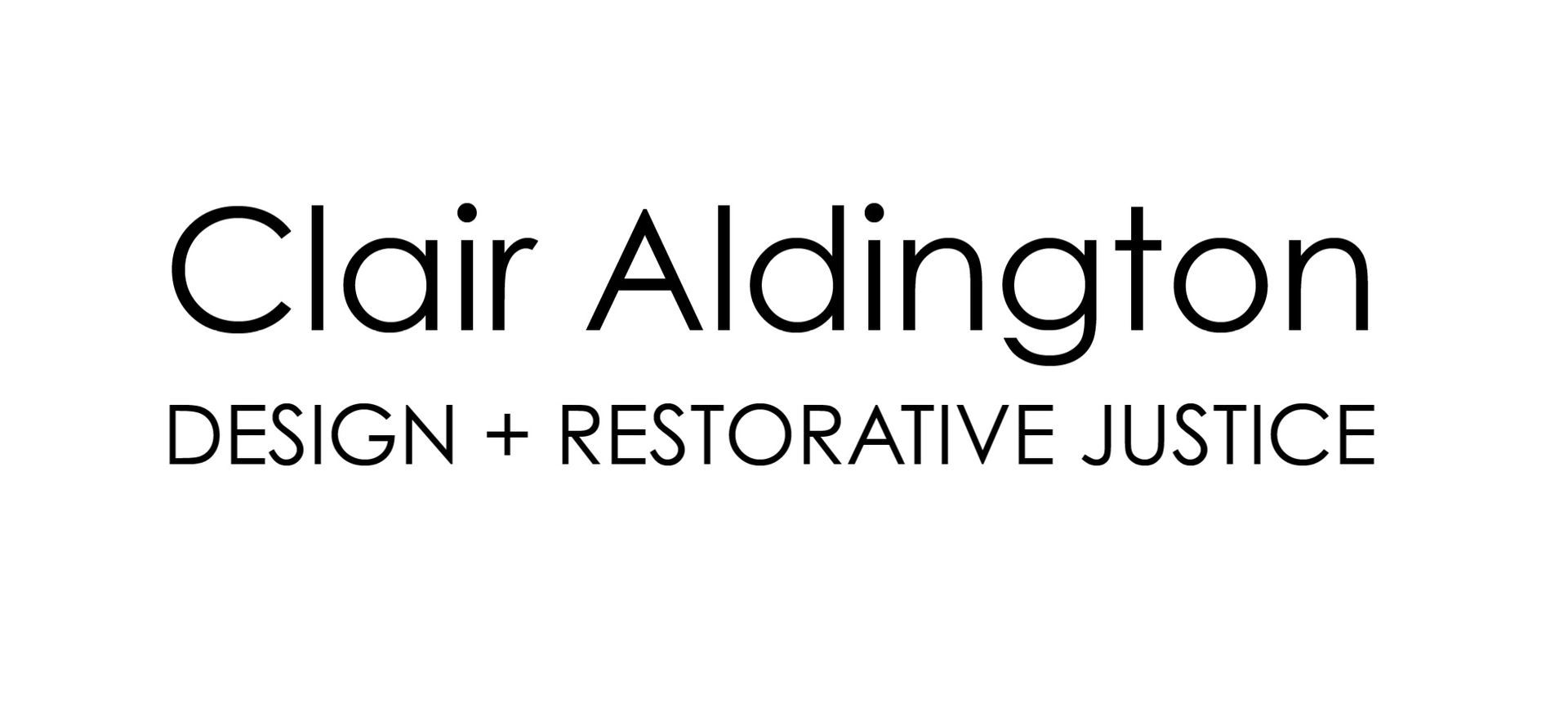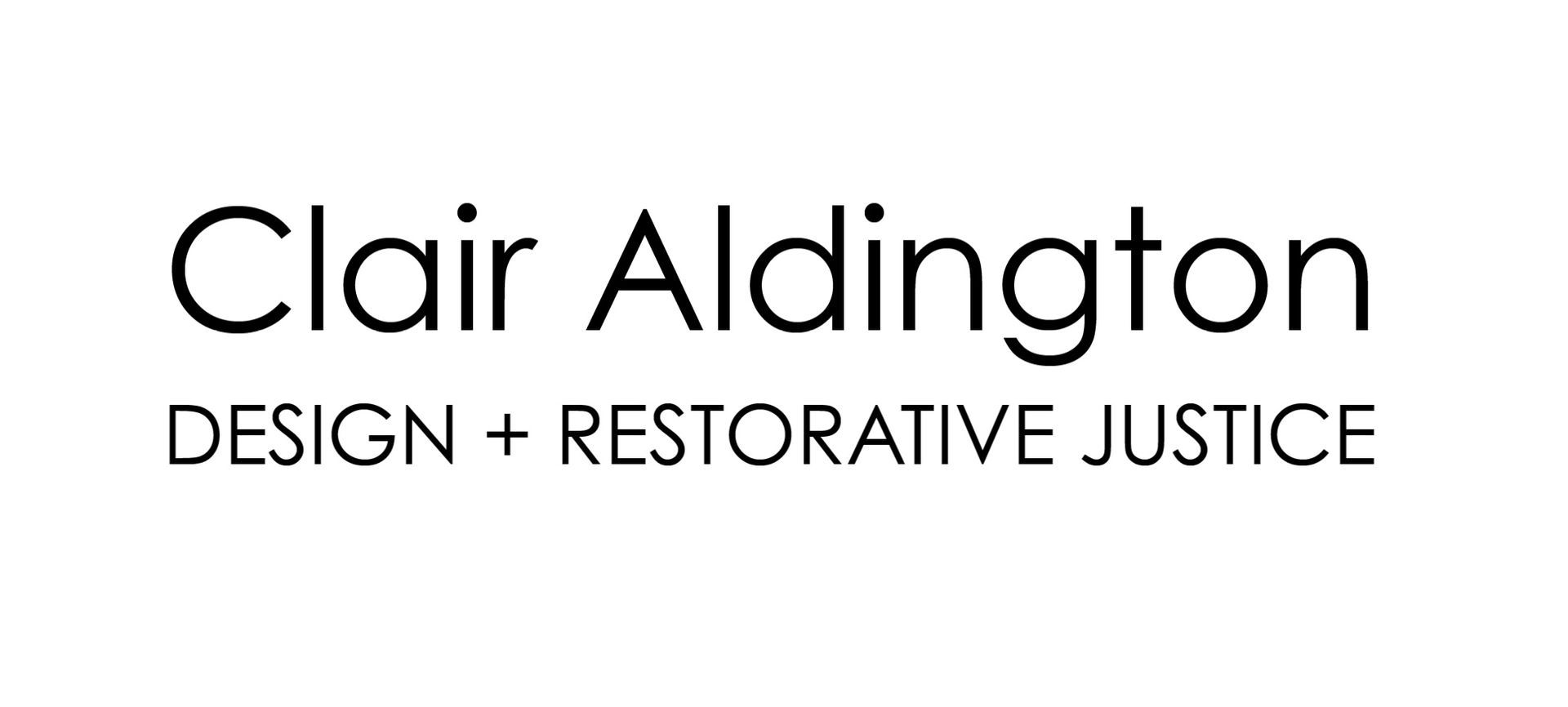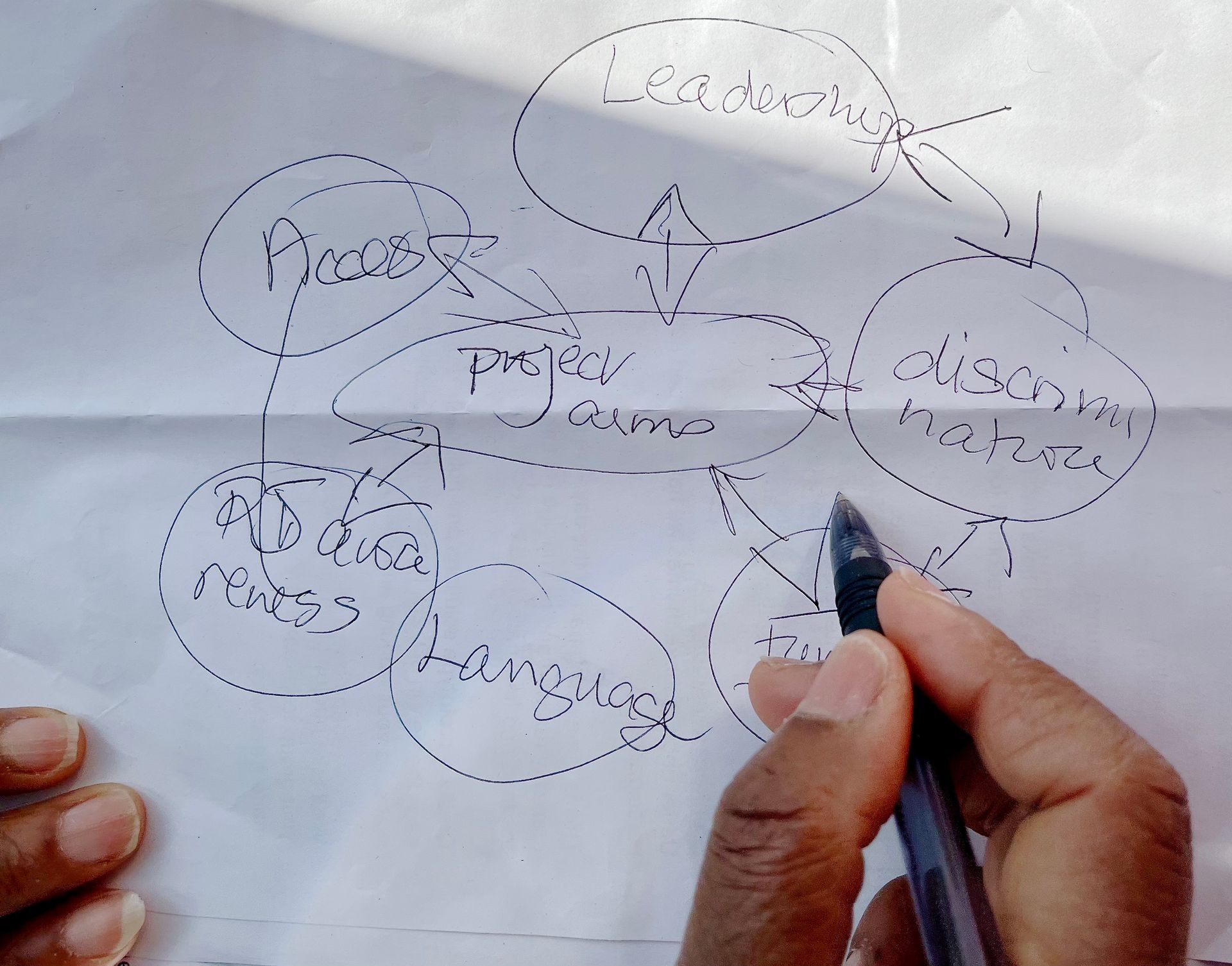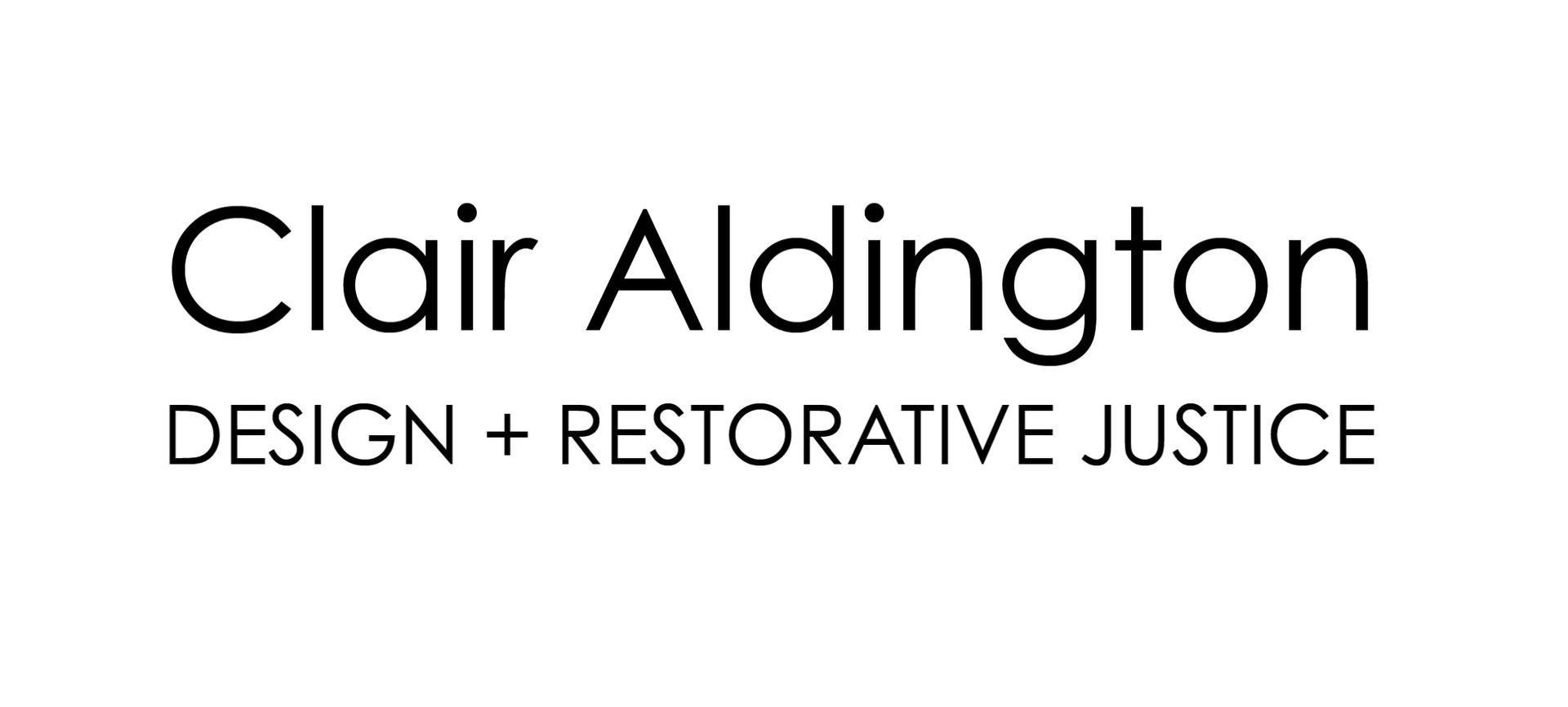Book chapter published
Victimology and violence: Connecting with victims
This new book arrived in the post today from Spain, recently published by Aranzadi and edited by Gema Varona Martínez. Exciting!
It's a selection of some of the presentations made during the plenary and other sessions of the 17th International Symposium of the World Society of Victimology held in Donostia-San Sebastián, Basque Country, Spain, during June 2022. There were 460 delegates of more than 50 nationalities.
During the symposium I was humbled by the stories of victims, survivors and people harmed through crime. It also left me full of hope and challenged by research, questions and conversations - still true several months on. As stated of the collection in the foreword to the book,
'With reference to the humanist values of Nelson Mandela and Desmond Tutu, this outcome of our gathering in Donostia/San Sebastián expresses the very essence of being human in that our own sense of humanity is inextricably bound up in the sharing of a greater whole and universal personhood. When others are tortured or treated as if they are less than we are, our own sense of humanity is diminished. With this scholarly body of work, I am confident that the principles of communality, reciprocity and inclusivity will continue to re-emphasise the essential unity of all of humanity, also challenging orthodoxies in victimisation, healing and justice in order to give the world a more humane face.'
PROF. DR. ROBERT PEACOCK
PRESIDENT OF THE WORLD SOCIETY OF VICTIMOLOGY
This was my first time at a victimology conference and it was positive to hear that 'Restorative justice has evolved from a controversial topic in victimology to a well-established research theme' (see Stephan Parmentier and Jo-Anne Wemmers, p. 133 of the same book). This coincides with the rhetoric around restorative justice itself becoming more victim, survivor and person harmed centred over the last 20 years. It needs to be, whilst at the same time remembering the oft links between victimisation and offending.
I was touched and honoured to be asked to speak at the conference. My plenary paper is included in this collection.
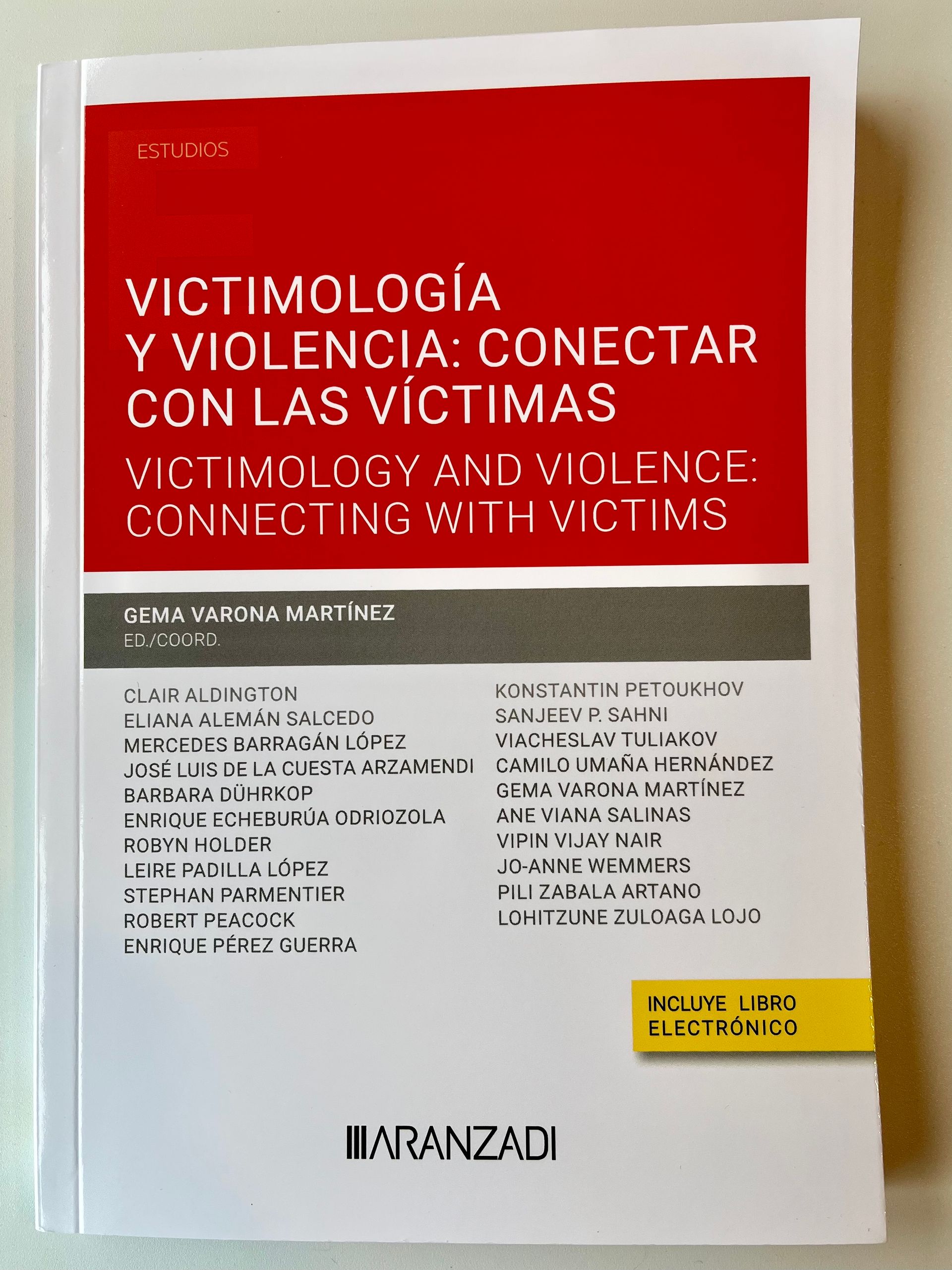
Chapter 5
Keeper of the winds; An exploration of the space between the harmed and the harmer in restorative justice encounters
Abstract
This paper is an exploration with the reader of the space between the harmed and the harmer in the aftermath of crime. It is this space, marked by trauma, that becomes the business of the restorative justice encounter. Different facets of this space between are examined through the visual metaphor of the labyrinth as a keeper of the winds. As such, this paper is also an implicit interrogation of the visual form as an investigative tool for practitioners and researchers. Shared characteristics between the labyrinth and the restorative justice encounter are identified, apart from one - the visual and kinetic - this is demonstrated as missing from many of our western restorative justice practices. This is contrary to the well-documented understanding of visual imagery and movement as important tools for the articulation of trauma. Additionally, that verbal language struggles to properly capture trauma and, further, that trauma can limit a harmed person’s ability to learn languages, create a forgetting of language or even cause a retreat into silence. It is highlighted that these understandings are at variance with many current western practices of restorative justice that centre on participants possessing significant oral language competencies as the primary tools with which to express their victimization, trauma and remorse. In response, it is proposed that the use of more visual and kinetic elements within western restorative justice practices would enhance their transformative potential, alongside making such services more inclusive, culturally relevant and appropriate to many more of our communities. Evidence is drawn from the author’s own practice as an artist and designer as well as a restorative justice facilitator, and her recently completed PhD in design and restorative justice.
Keywords: restorative justice, labyrinth, harmed, harmer, trauma, language, arts, design.
